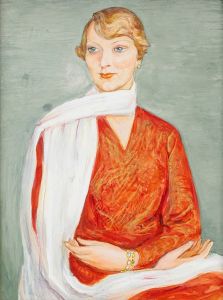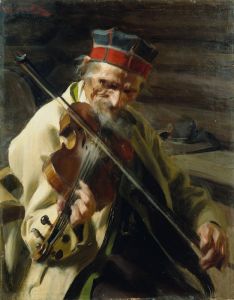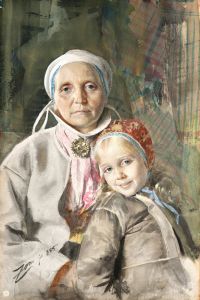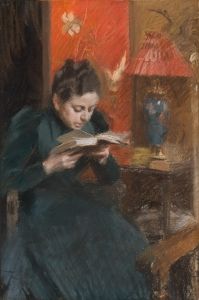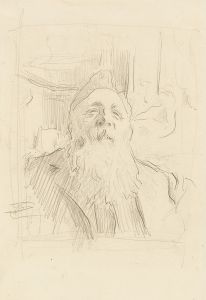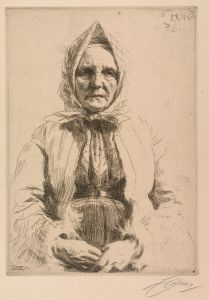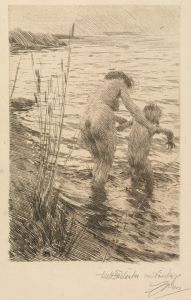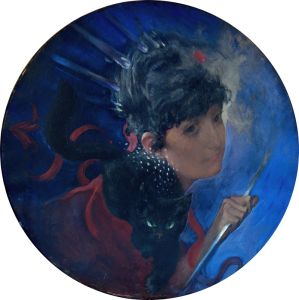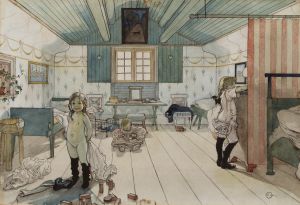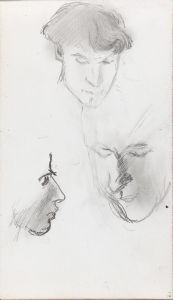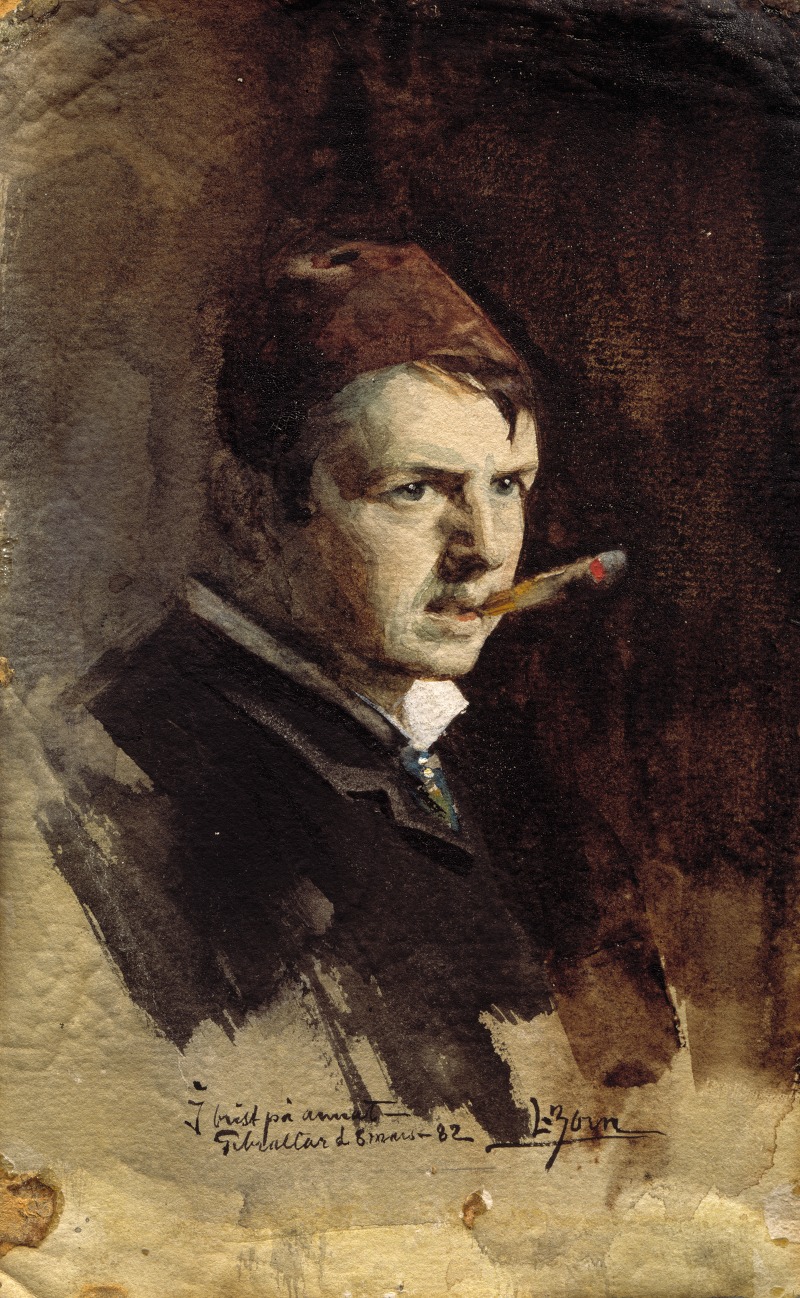
Self-portrait
A hand-painted replica of Anders Zorn’s masterpiece Self-portrait, meticulously crafted by professional artists to capture the true essence of the original. Each piece is created with museum-quality canvas and rare mineral pigments, carefully painted by experienced artists with delicate brushstrokes and rich, layered colors to perfectly recreate the texture of the original artwork. Unlike machine-printed reproductions, this hand-painted version brings the painting to life, infused with the artist’s emotions and skill in every stroke. Whether for personal collection or home decoration, it instantly elevates the artistic atmosphere of any space.
"Self-portrait" by Anders Zorn is a notable painting created by the Swedish artist Anders Zorn (1860–1920), one of the most prominent painters of his time. Zorn was renowned for his mastery in portraiture, genre scenes, and depictions of nudes, as well as his exceptional skill in watercolor, oil painting, and etching. His self-portraits, of which there are several, provide insight into his artistic development and personal identity.
This particular self-portrait is executed in oil on canvas, a medium Zorn frequently used in his later works. The painting showcases Zorn's characteristic loose brushwork and his ability to capture light and texture with remarkable precision. In the self-portrait, Zorn presents himself with a confident and direct gaze, reflecting his self-assured personality and status as a successful artist. The composition is straightforward, focusing on the artist's face and upper body, with minimal background distractions. This simplicity emphasizes Zorn's technical skill and his ability to convey character and mood through subtle details.
Zorn painted multiple self-portraits throughout his career, often using them as a means of self-exploration and as a way to experiment with different techniques and styles. His self-portraits also served as a way to assert his identity as an artist and to engage with the tradition of self-representation in art history. Zorn's self-portraits are often compared to those of other great masters, such as Rembrandt and Velázquez, who similarly used the genre to explore their own personas and artistic legacies.
The exact date of this specific self-portrait is not always clear, as Zorn did not always document his works with precision. However, it is consistent with his mature style, which is characterized by bold, confident brushstrokes and a focus on capturing the essence of his subjects rather than minute details. The painting is part of Zorn's broader body of work, which includes portraits of prominent figures of his time, such as U.S. presidents and members of European aristocracy.
Today, Zorn's self-portraits are celebrated for their technical brilliance and psychological depth. They are housed in various collections, including the Zorn Museum in Mora, Sweden, which is dedicated to preserving and showcasing the artist's legacy. This museum holds many of Zorn's works, including self-portraits, and provides valuable context for understanding his life and career.
Anders Zorn remains a significant figure in the history of art, and his self-portraits continue to be studied and admired for their artistic and historical significance.






